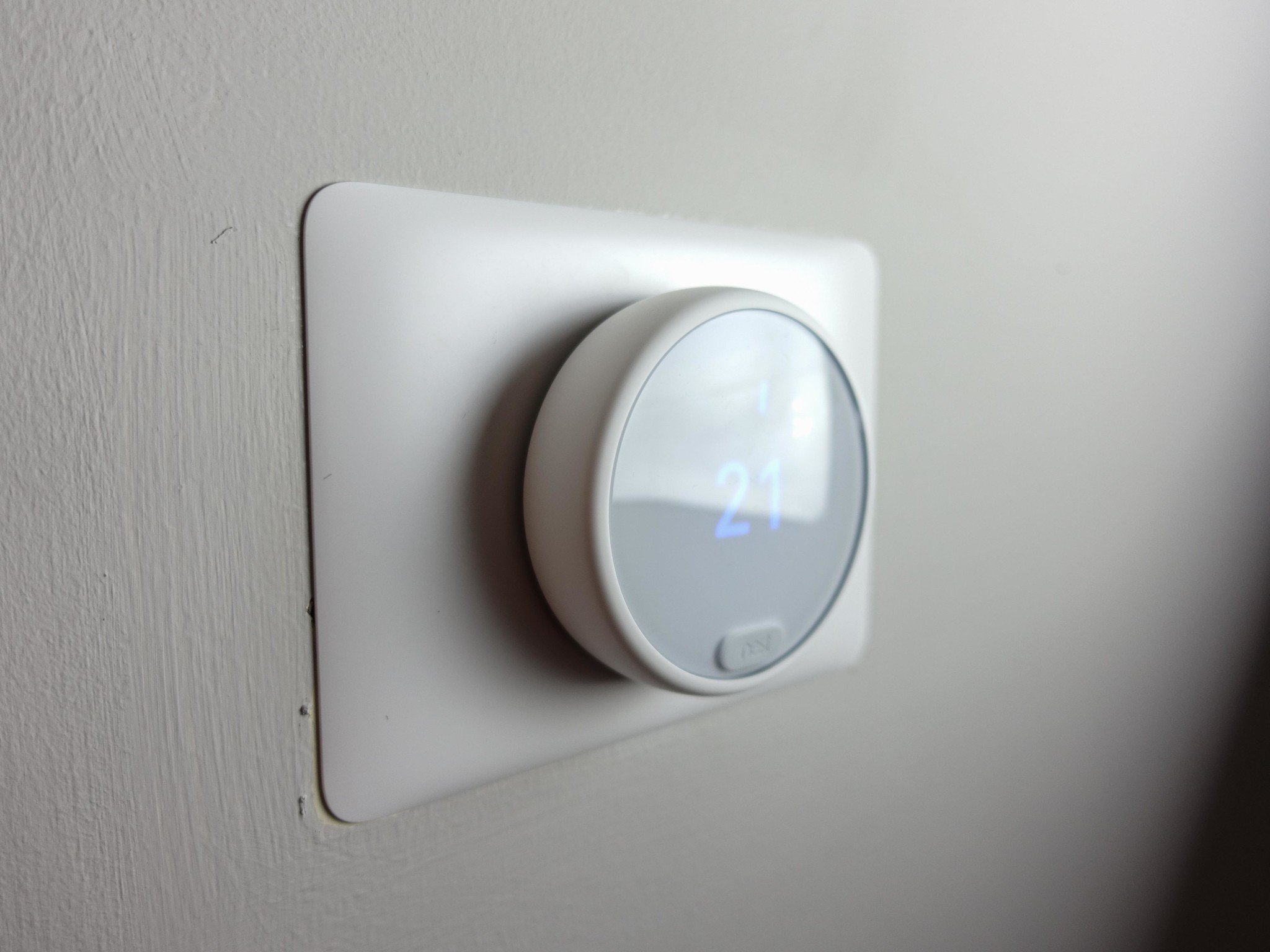Yes. With your help.
There's nothing magical about the Nest Thermostat. Not really, anyway. It's a little computer bolted to your wall and connected to your home internet is all.
Metal. Plastic. Wires. Maybe some ball bearings or something. (Everything good has ball bearings. It's a scientific fact.)
So magic? No. Able to save you money on your home energy bill? Most definitely.
I've used a Nest Thermostat for years. And the thing about it is this: It knows where you are. Or, more precisely, it knows where you're not. A big part of the Nest experience (and not just the Thermostat, but across all of its products at this point) is the Home/Away Assist feature. Just like it sounds, the Nest Thermostat can tell when you're home, and when you're away. And it adjusts itself accordingly.
When I'm home, my Nest Thermostat gently adjusts itself to my specifications. I can set minimum and maximum temperatures depending on whether the heat is on, or the air conditioning is cranked. (And where I am in Florida, it's not uncommon to have to flip between the two on a daily basis.) And in between those extremes, the Nest Thermostat starts to learn where I like the temperature to be when I want it to be there — and then it does the rest.
Let a Nest Thermostat shut things down when you're not home and you'll very quickly see its worth.
I've learned not to sweat the small stuff too much. If I'm a little hot, I turn the temperature down. If it's a little cool, I'll raise the heat a degree or two. If the Nest doesn't happen to guess right 100 percent of the time, there's a pretty good chance that I'm the problem. (At least I'm pretty sure that's the case in 2018, when all of these damned gadgets are smarter than me in the first place.)
This sort of prediction can things in a more tolerable range while avoiding large swings and keeping the system on longer — which eats up a ton of energy.
But it's when I'm "Away" that the Nest Thermostat really earns its keep. You could have it switch the system of "Off," but that's not all that smart. Better would be to give it a range in which to stay. That's called "Eco" mode, and it ensures that my home doesn't get too hot or too cold while everyone's gone — but also that it's not wasting electricity keeping it perfectly comfortable while there's nobody home.
Consider: In the winter, Eco mode will let my house drop down to, say, 64 degrees when it recognizes there's nobody home. (Those of you in the North are scoffing right now, but stay with me.) Pets won't get too cold, but I also won't have to heat it up too terribly much once we return. In the summer, I'll let Eco mode get up to 78 degrees, and that way we don't have to cool off too terribly much, but neither are we wasting the A/C on an empty house.
Here's how Nest puts it:
Home/Away Assist uses your Nest products' activity sensors and your phone's location to tell when everyone has left your home. Your Nest Thermostat will wait a short while to make sure nobody's coming back, then it will switch to Eco Temperatures. When someone returns home, your thermostat will automatically switch back to your regular temperature schedule.
That's pretty basic stuff, right? It uses your phone's location in combination with the sensors on Nest products (the thermostats, Nest Protect smoke detector, and Nest cameras) to tell when you're at home. And then you've got minimums and maximums on temperature. But it's that ability to tell when we're home and when we're not that's made all the difference in the world. It means I don't have to worry about manually turning off the thermostat when I'm leaving the house. (Because I will forget. A lot.)
After even just a few months of owning a Nest Thermostat — whether you've opted for the grandaddy Nest, or the less-expensive Nest E, that sort of savings quickly becomes evident. How much you'll end up saving? Well, that's up to you. It's not magic.
from Android Central - Android Forums, News, Reviews, Help and Android Wallpapers http://ift.tt/2GkfNDc
via IFTTT


No comments:
Post a Comment